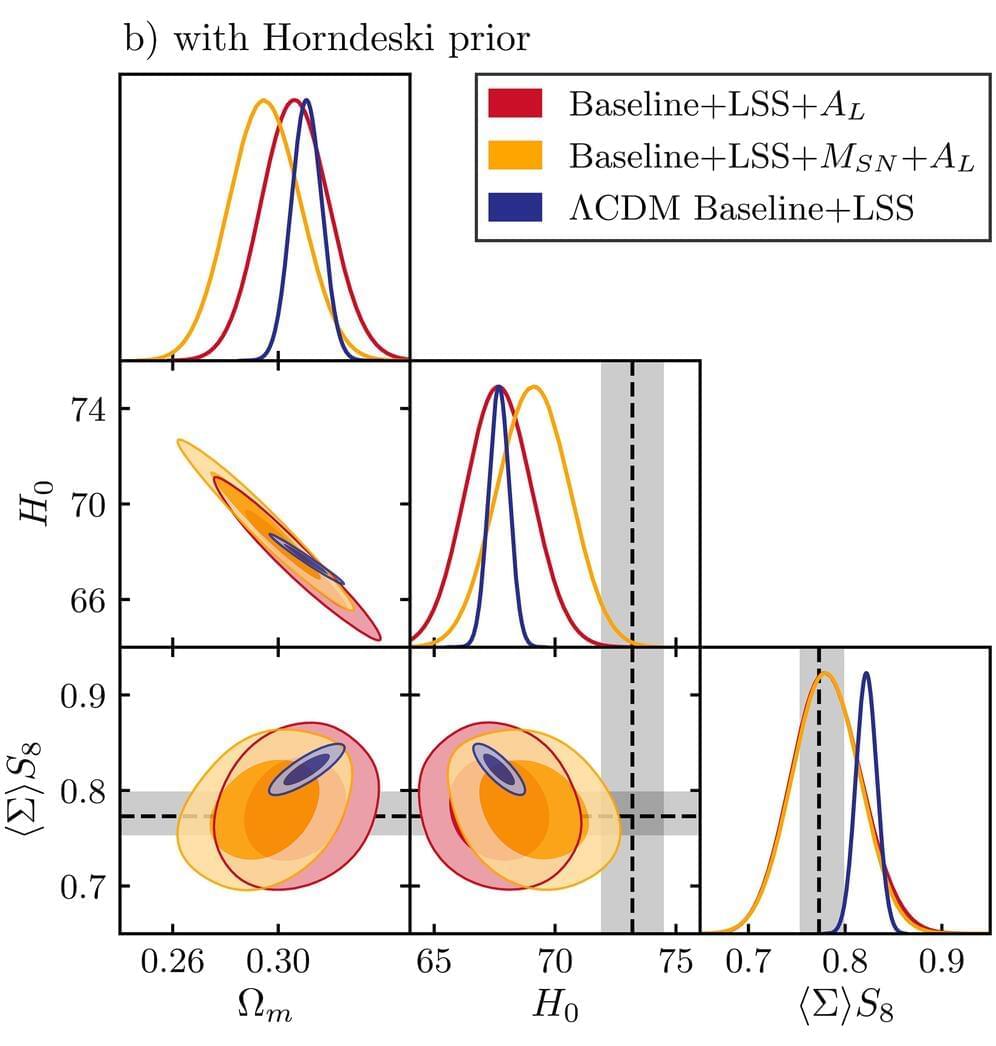Cybersecurity researchers have uncovered 29 packages in Python Package Index (PyPI), the official third-party software repository for the Python programming language, that aim to infect developers’ machines with a malware called W4SP Stealer.
“The main attack seems to have started around October 12, 2022, slowly picking up steam to a concentrated effort around October 22,” software supply chain security company Phylum said in a report published this week.
The list of offending packages is as follows: typesutil, typestring, sutiltype, duonet, fatnoob, strinfer, pydprotect, incrivelsim, twyne, pyptext, installpy, faq, colorwin, requests-httpx, colorsama, shaasigma, stringe, felpesviadinho, cypress, pystyte, pyslyte, pystyle, pyurllib, algorithmic, oiu, iao, curlapi, type-color, and pyhints.




